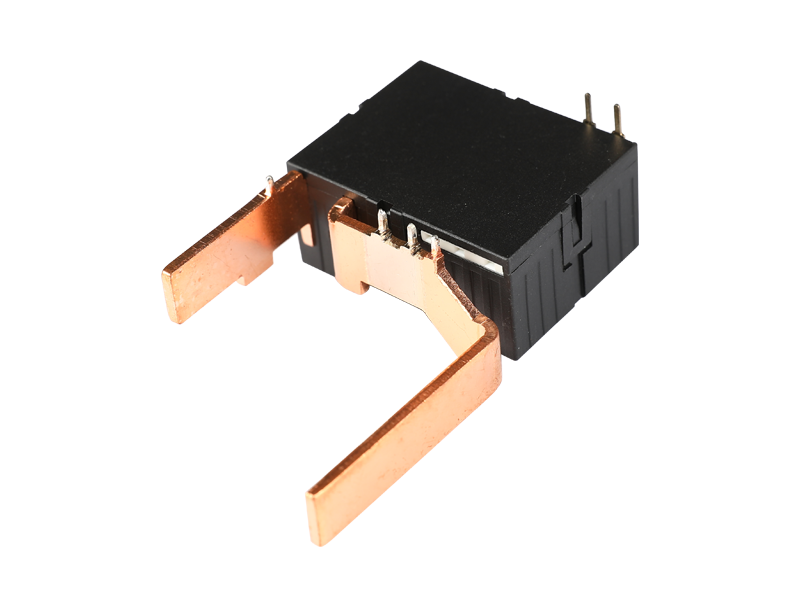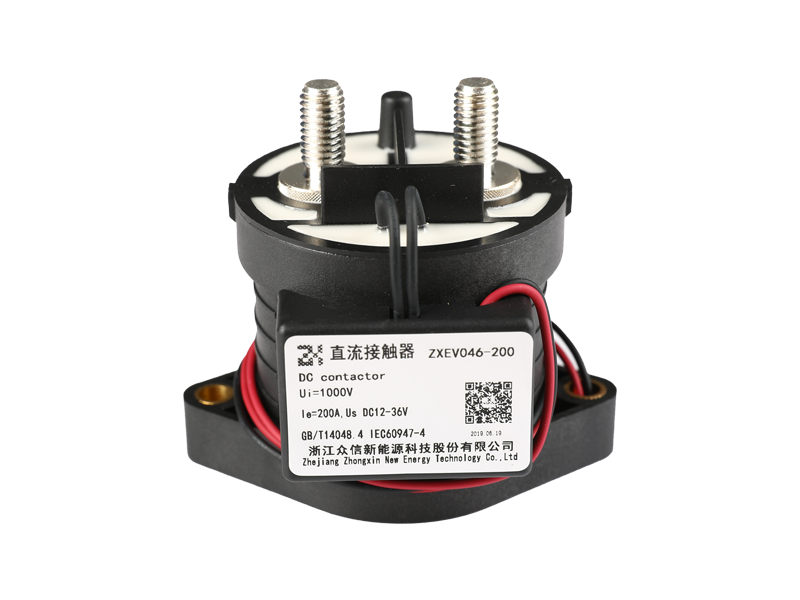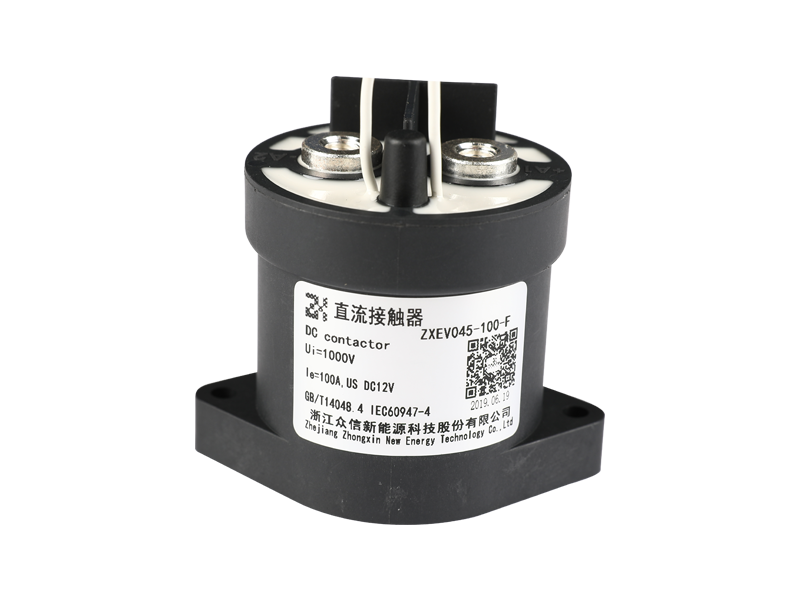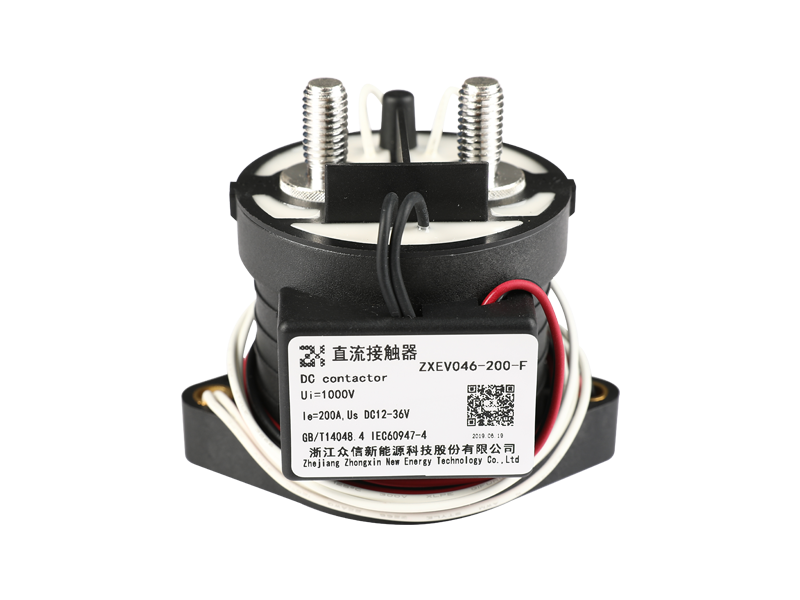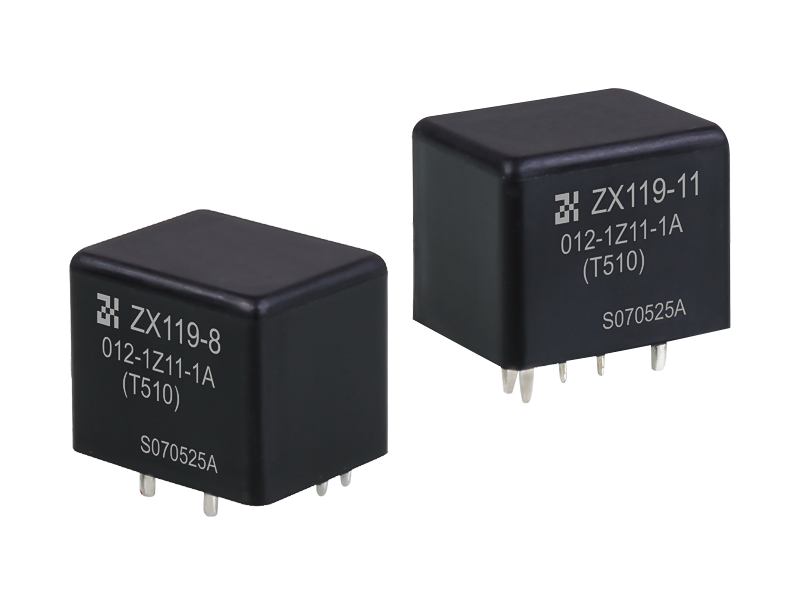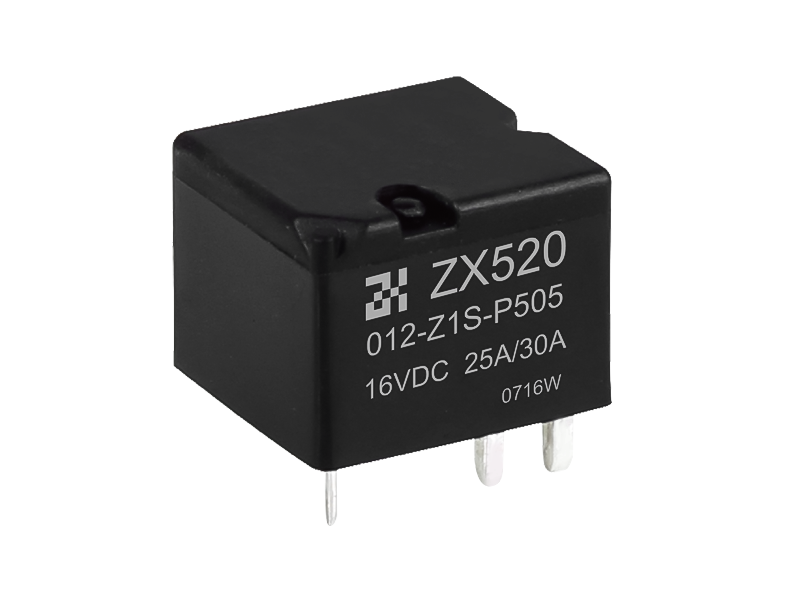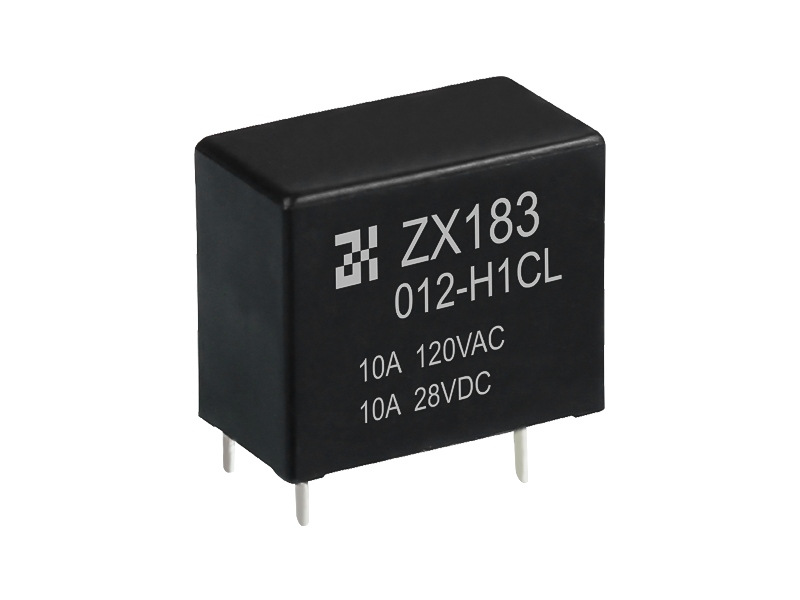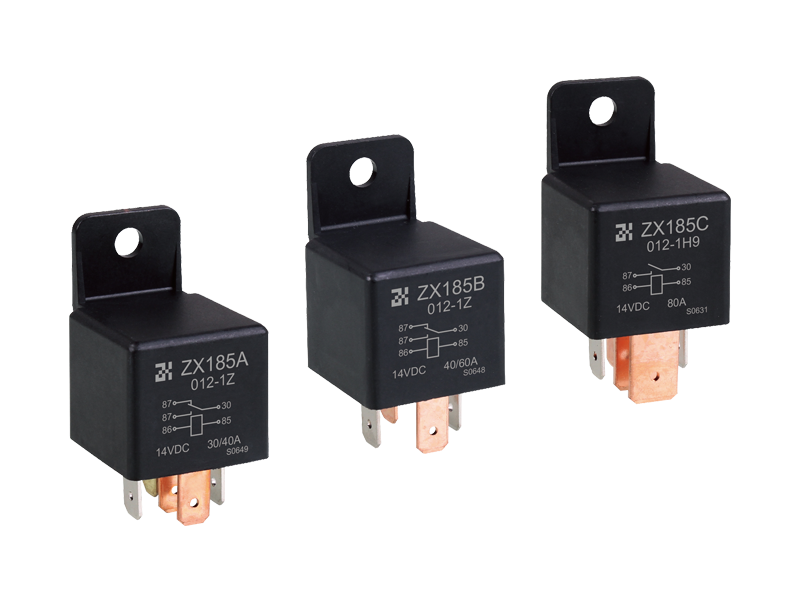High Dielectric Strength: Ceramics often have excellent dielectric properties, meaning they can withstand high voltages without conducting electricity. This could be advantageous in HVDC systems where maintaining isolation between contacts is crucial.
Thermal Stability: Ceramics are known for their high-temperature stability. In high-current applications, heat generated due to electrical resistance can be a concern. Ceramic materials might help dissipate heat effectively, improving the overall performance and reliability of the contactor.
Low Electrical Conductivity: Ceramics are generally insulating materials, which could reduce the risk of electrical arcing between contacts. This is important for maintaining the integrity of the contactor and preventing damage.
Mechanical Strength: Ceramics can have high mechanical strength and wear resistance. In high-current applications, where contacts may experience mechanical stress during operation, the use of ceramics could lead to longer contactor lifespan and reduced maintenance needs.
Corrosion Resistance: Some ceramic materials are highly resistant to chemical corrosion. In environments where the contactor might be exposed to corrosive substances, ceramics could offer better durability compared to traditional materials.
Reduced Size and Weight: Ceramic materials, depending on their specific properties, could potentially allow for the design of more compact and lightweight contactors, which is often beneficial in various applications where space is a constraint.
Rapid Quenching of Arcs: In high-voltage switching applications, electrical arcing can occur when contacts open or close. Certain ceramic materials might have properties that aid in rapidly quenching these arcs, reducing the wear and tear on the contacts.
It's important to emphasize that using ceramics in
Ceramic High Voltage Direct Current Contactors would likely come with challenges and considerations as well. For instance, ceramics are generally brittle, which could pose challenges in terms of mechanical durability and shock resistance. Moreover, the practical implementation of ceramic materials in HVDC contactors would require thorough research and development to ensure the materials' suitability, long-term reliability, and cost-effectiveness.

